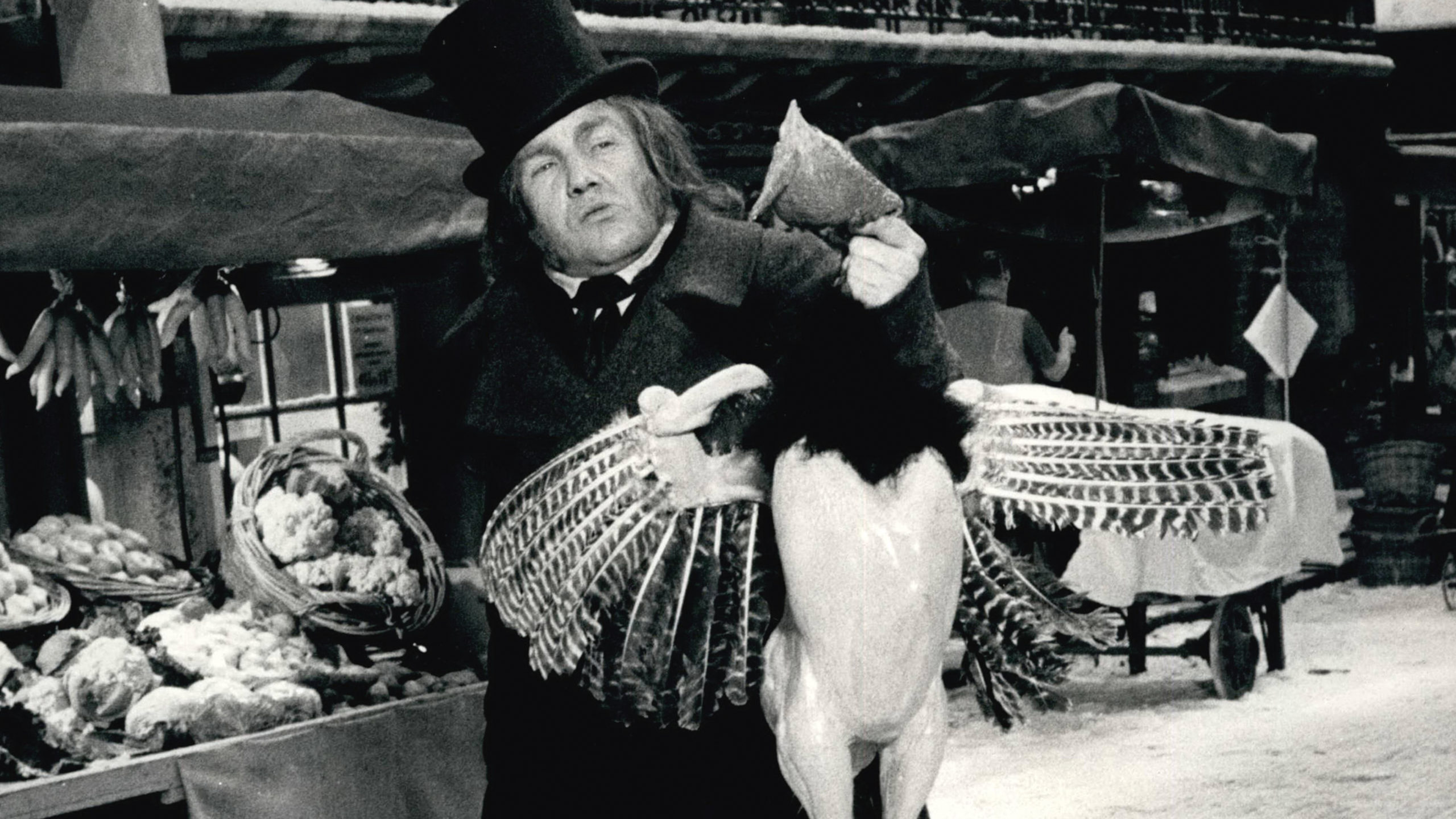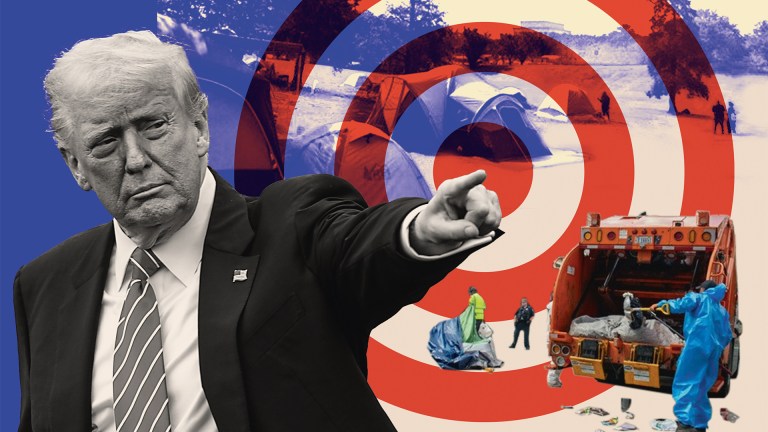Isn’t it interesting to note that when the state started to create support for poor and needy people, they took the example of Scrooge, post the bad dreams, after he became a determined giver. Yet the state has been accused of being more like the earlier Scrooge, before he made his miraculous conversion to amplified generosity.
That is, it handed out money and support that did not lead to anywhere particular, but provided some relief to people in need. Social security, which keeps most people in some sort of need as they live in a perpetual emergency of balancing a limited budget, is actually not very secure. Or if it is, it doesn’t feel so.
The state itself mostly lives in a state of emergency, just making do, patching up problems, leaving many of them to be addressed at some later date. So in facing poverty and its dominant presence in our lives, it is not surprising that the state fails to engage in long term thinking, because it’s really a big machine churning out an emergency response to social crisis.
Turning giving into something brilliant because it takes someone somewhere else – a hand up and not a handout – is likely to involve some hard thinking. It would involve rewiring the way that we give, and why we give. We are all trained to give relief and see it as the end of the story. Not the beginning of a new story where the giving provides opportunity and not just hope.
Of course, when Scrooge hands out turkeys and holidays at the end of A Christmas Carol – one of the most historically defining stories ever told – he laid us open to a few hundred years or so of giving, but giving that is not dynamic.
Last week I spoke at a church in Mayfair about the reinvention of giving: turning giving into something that is life changing. That ups people’s chance of getting out of poverty and not simply just lingering in it, slightly better provided for.









